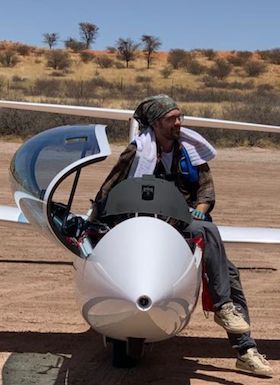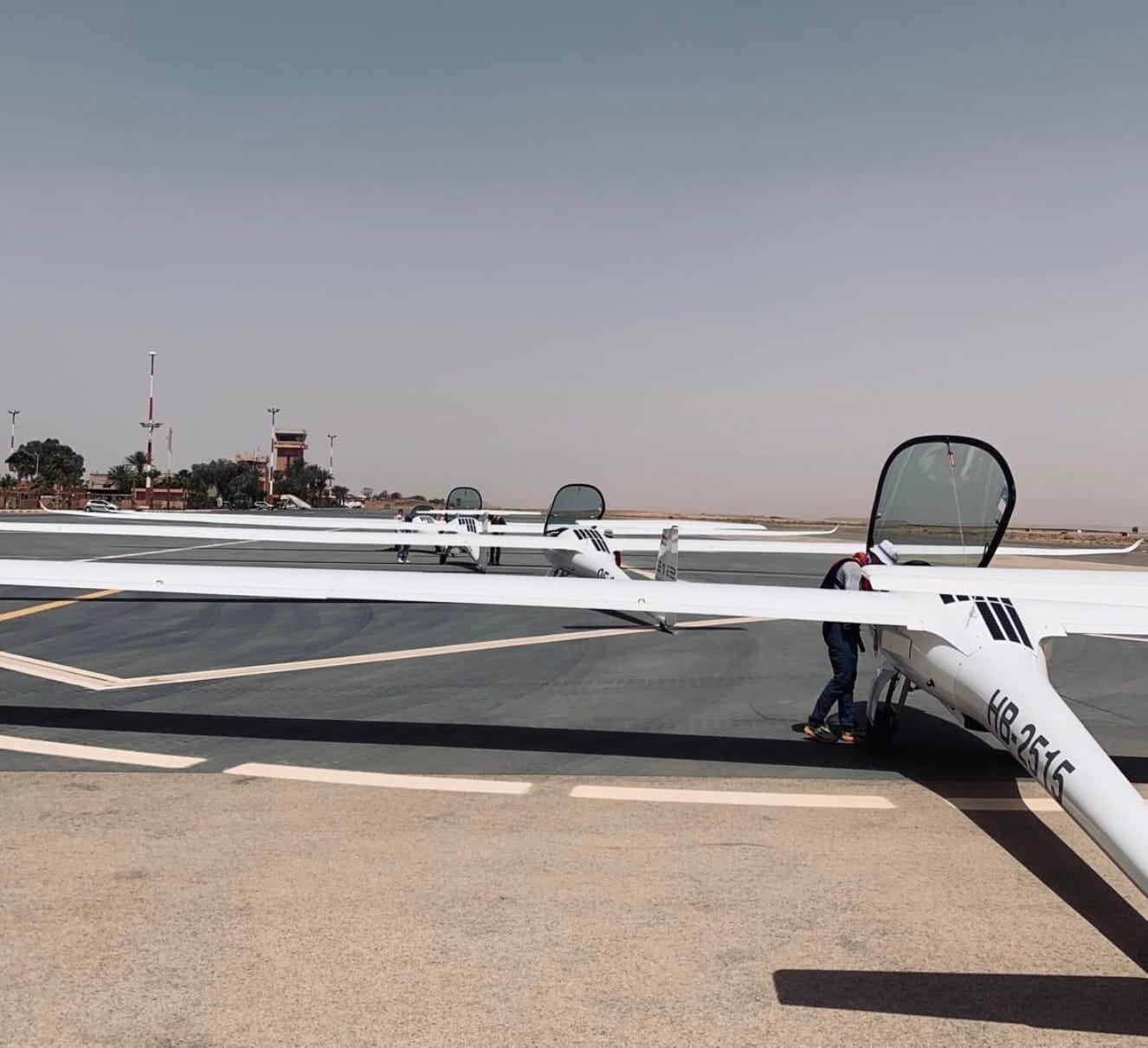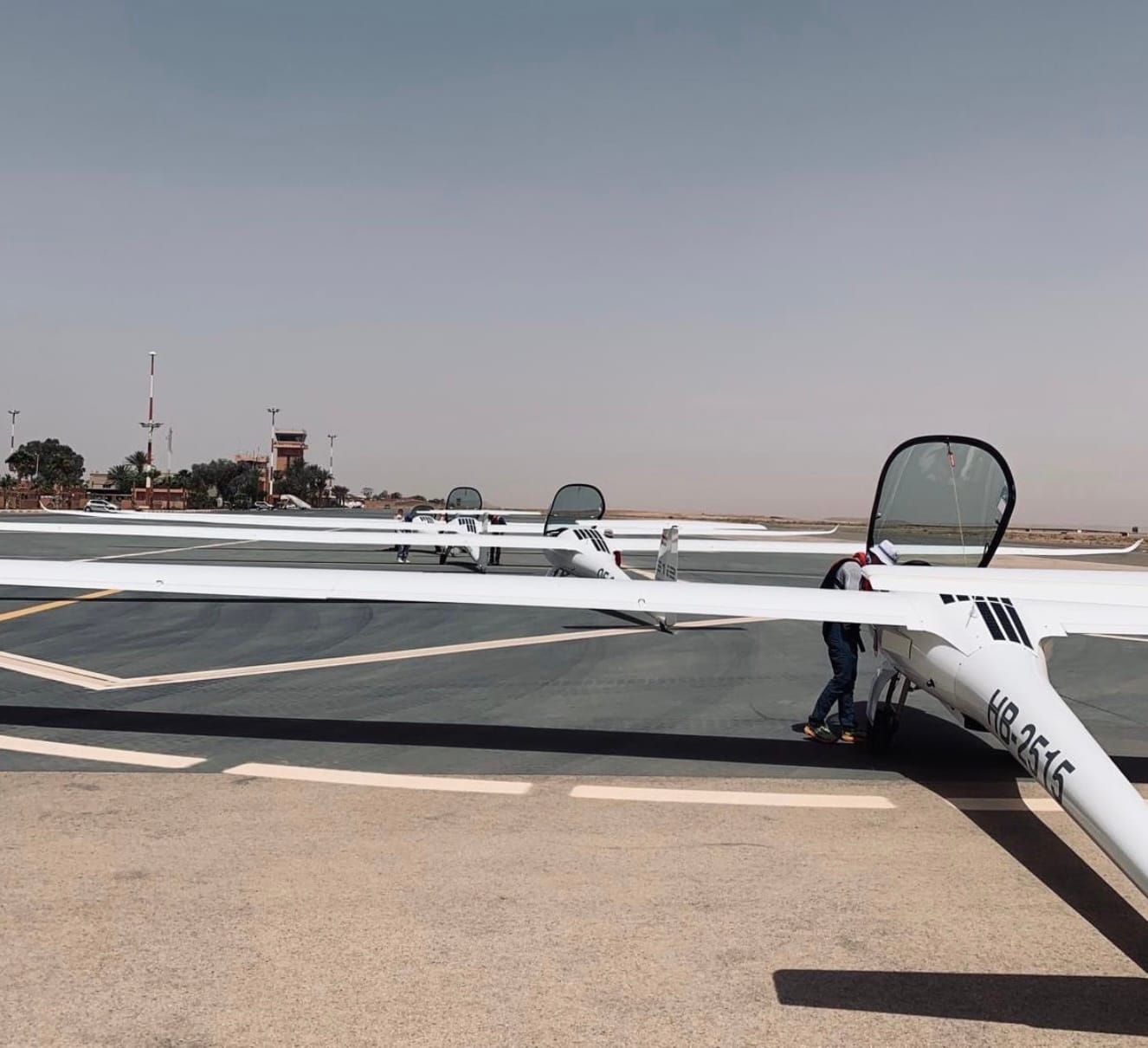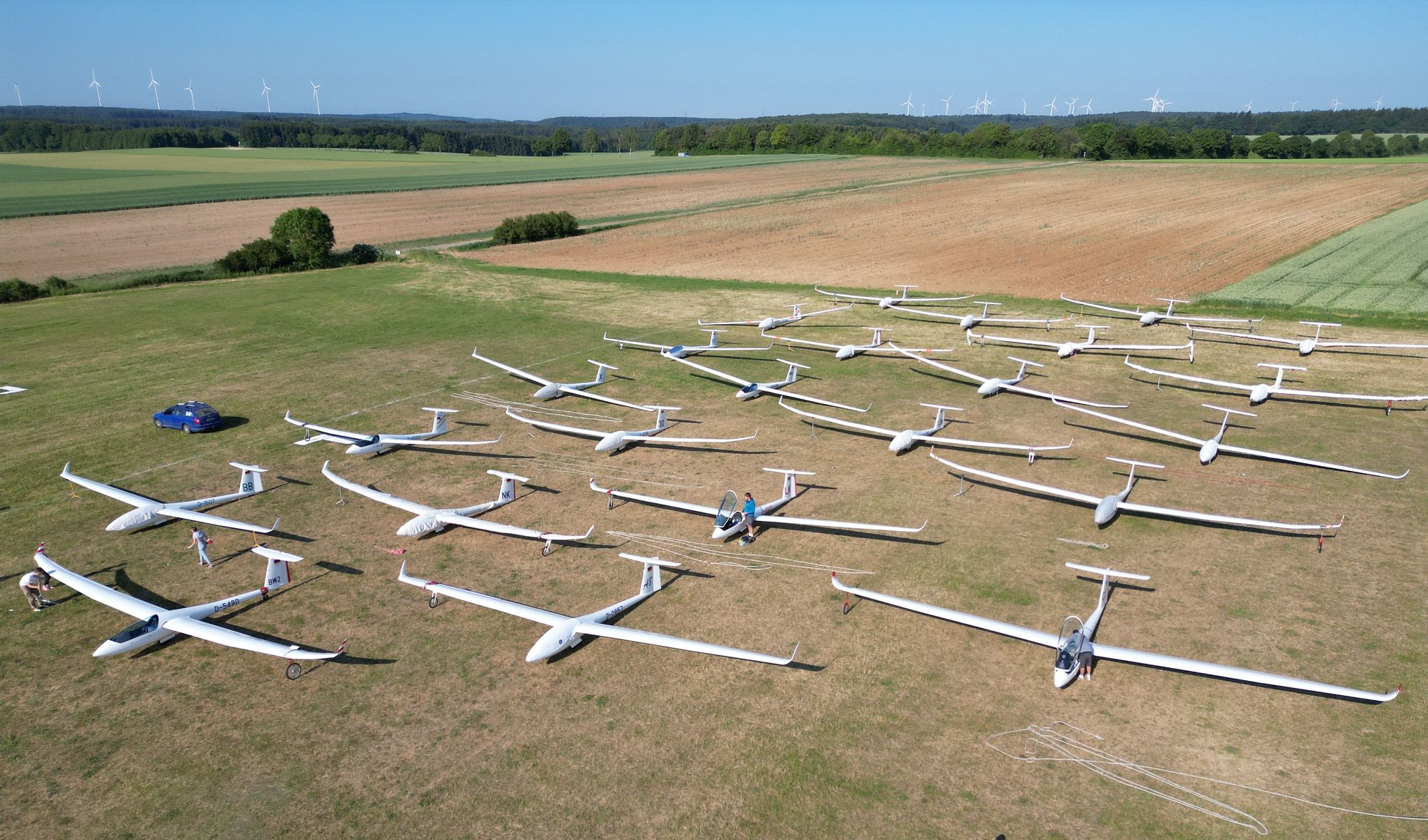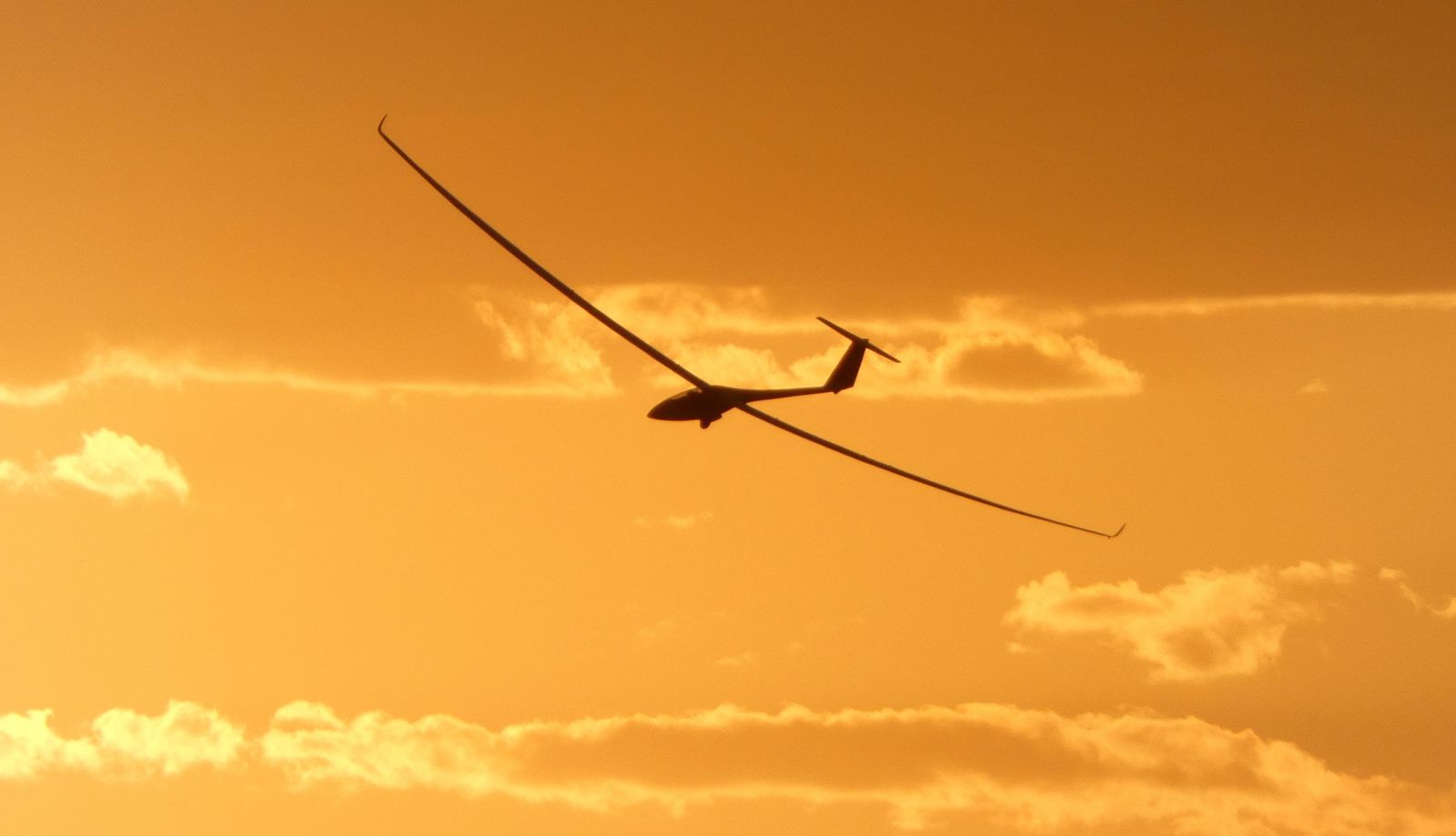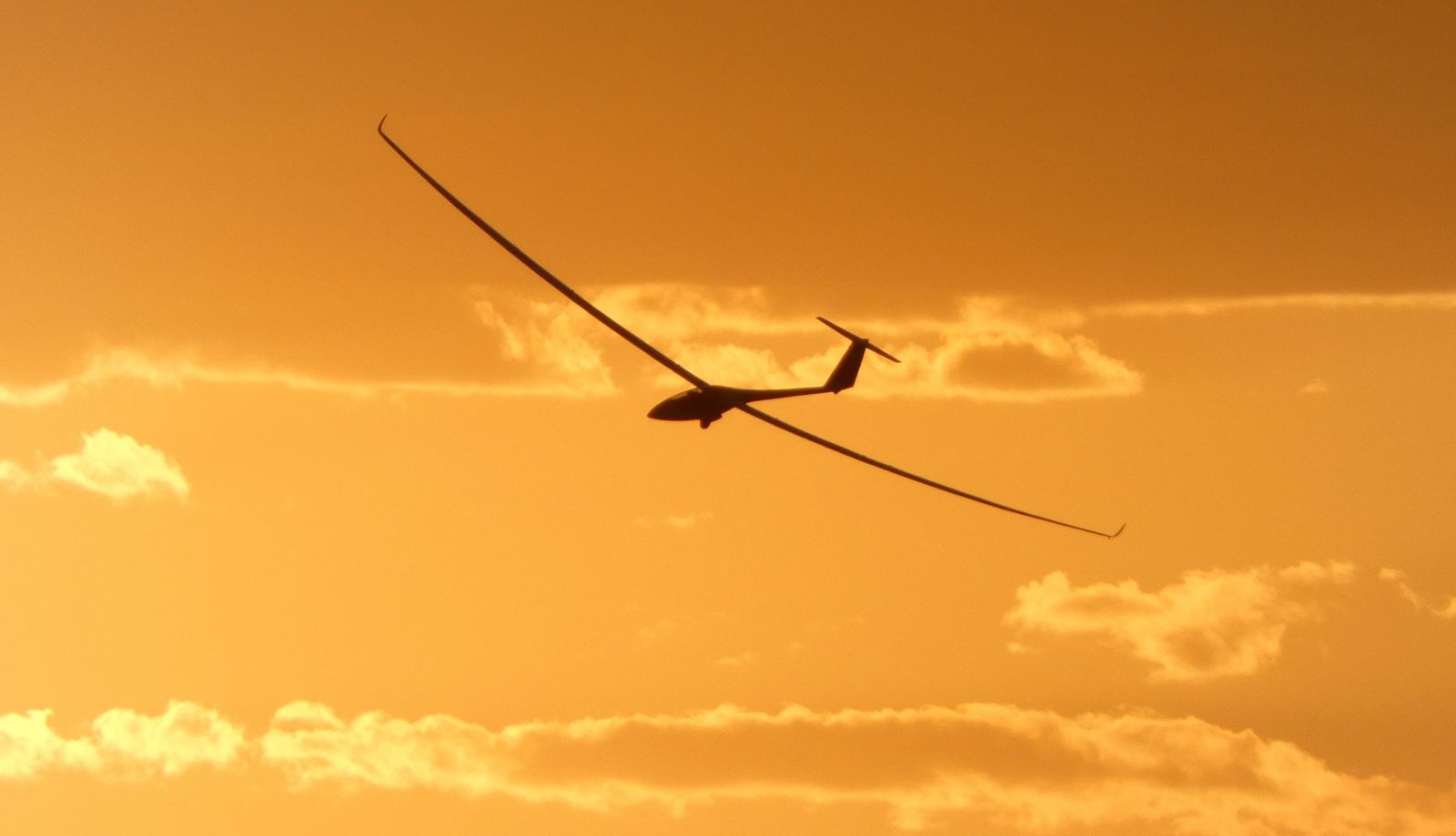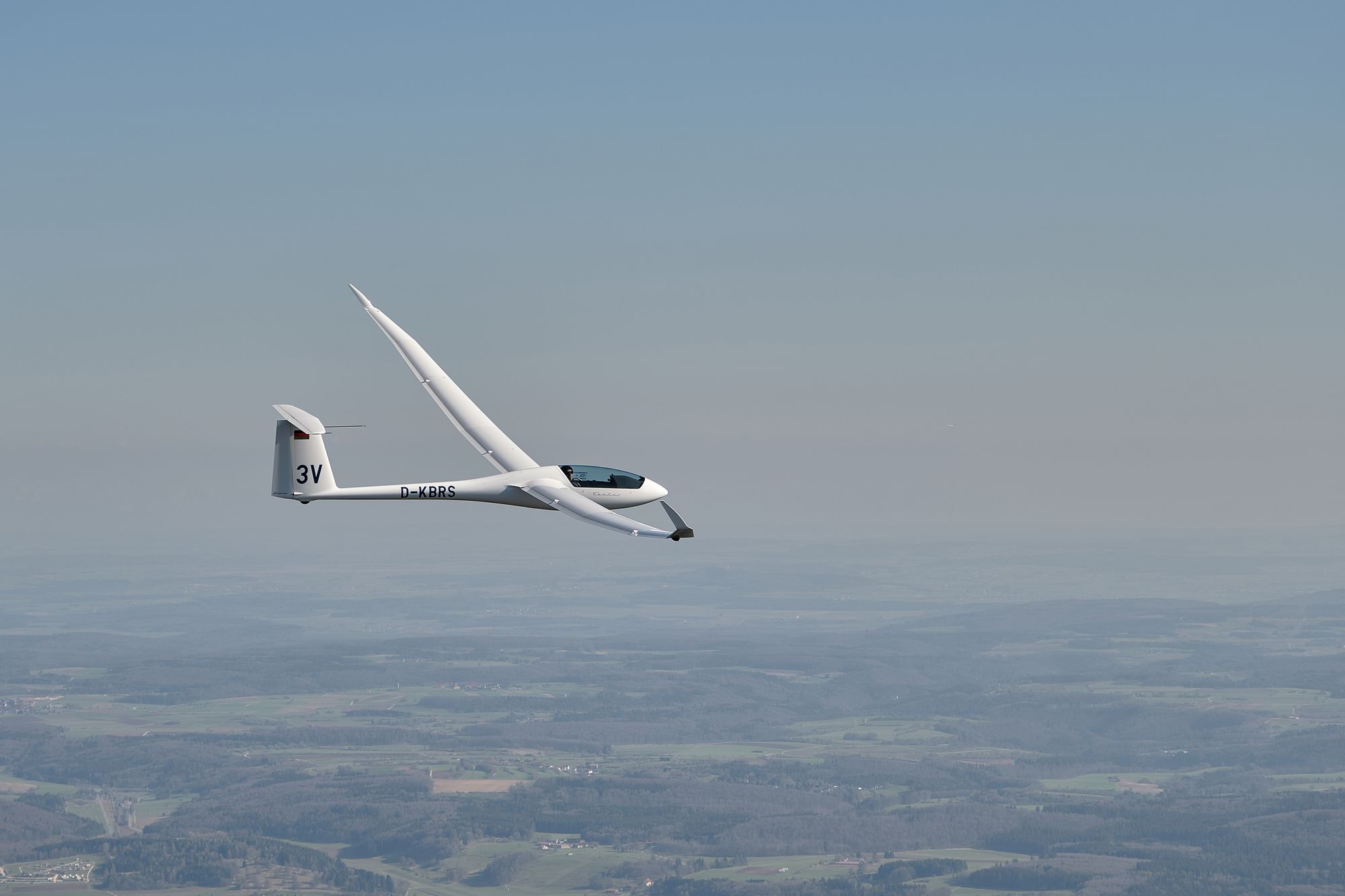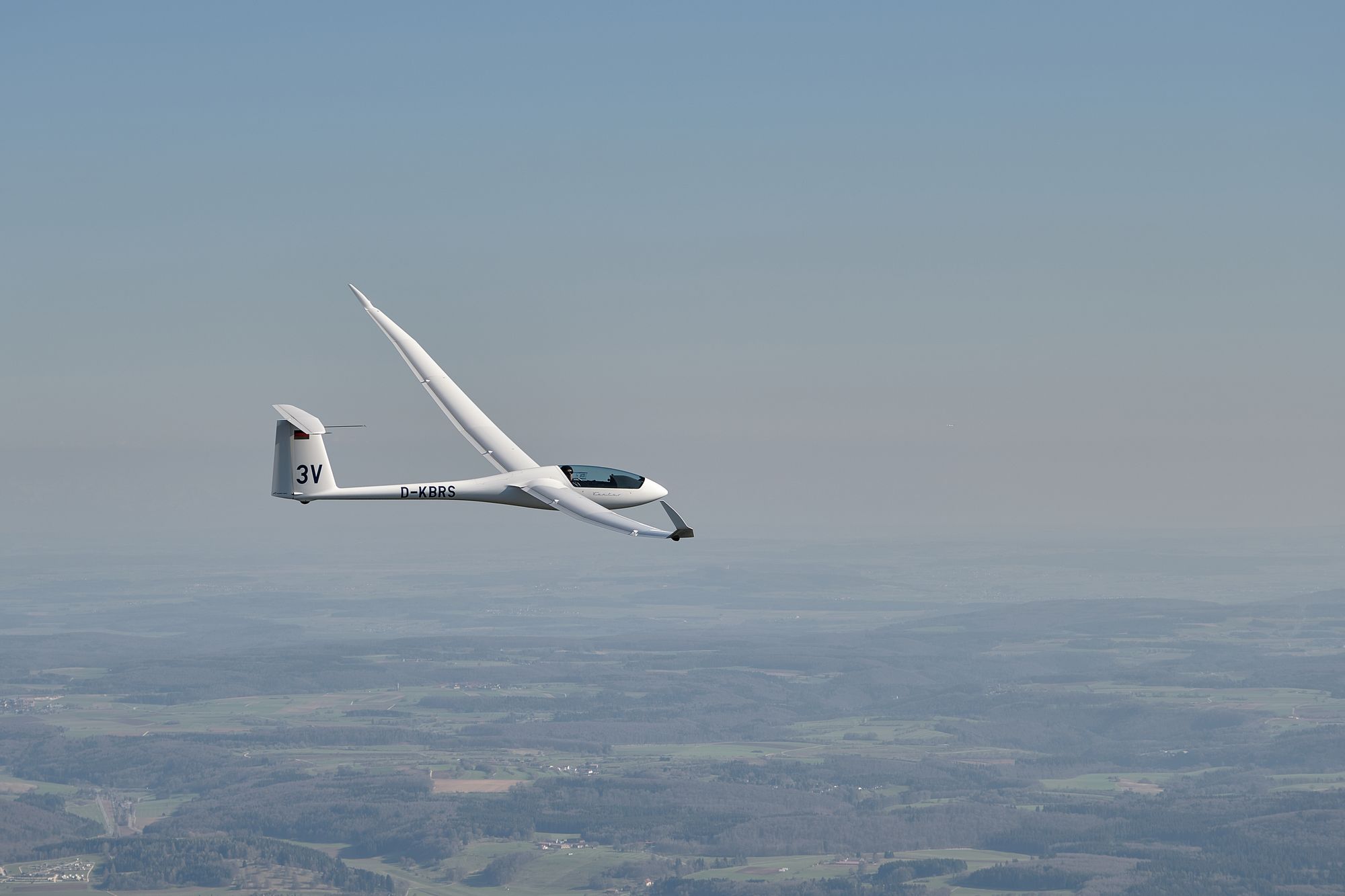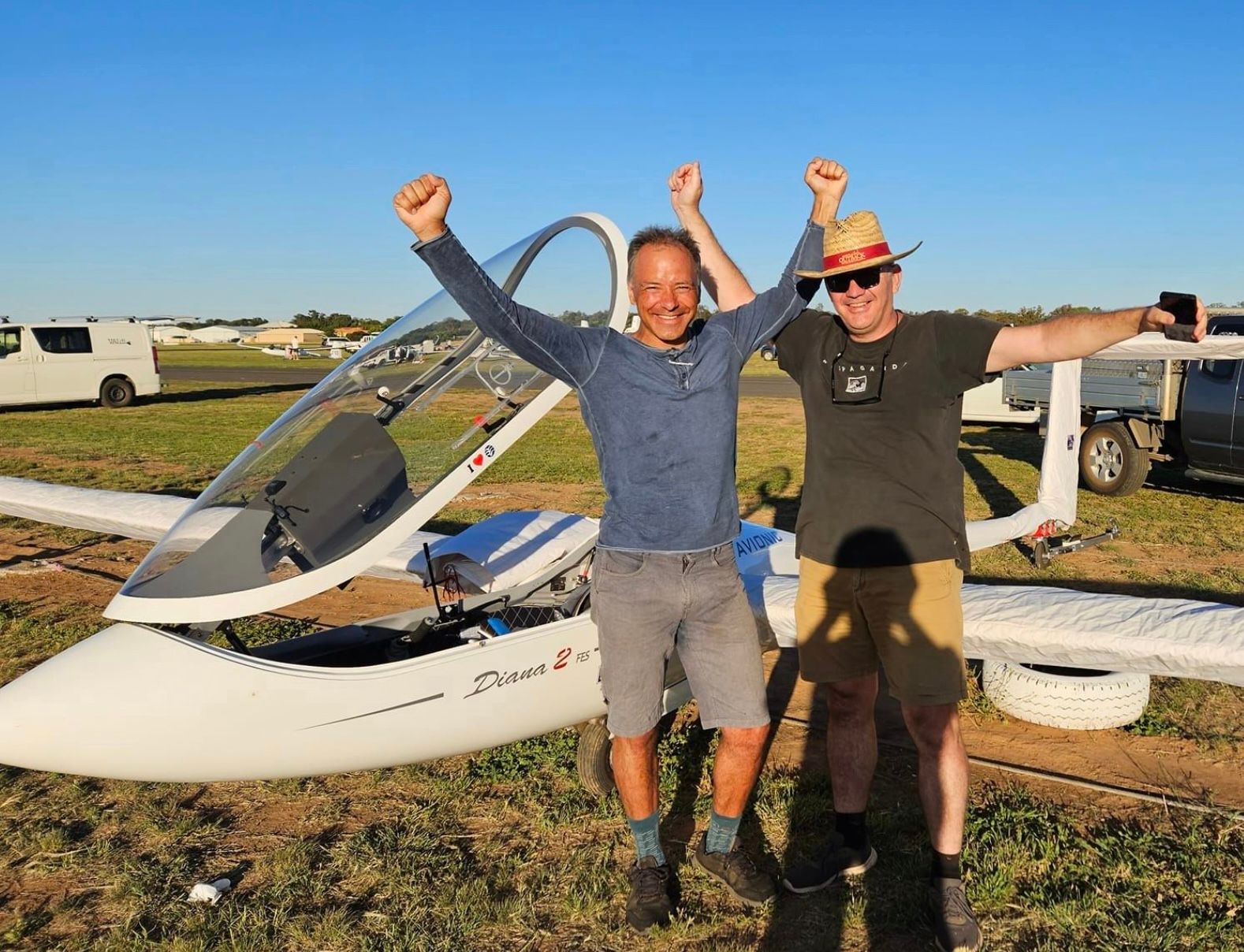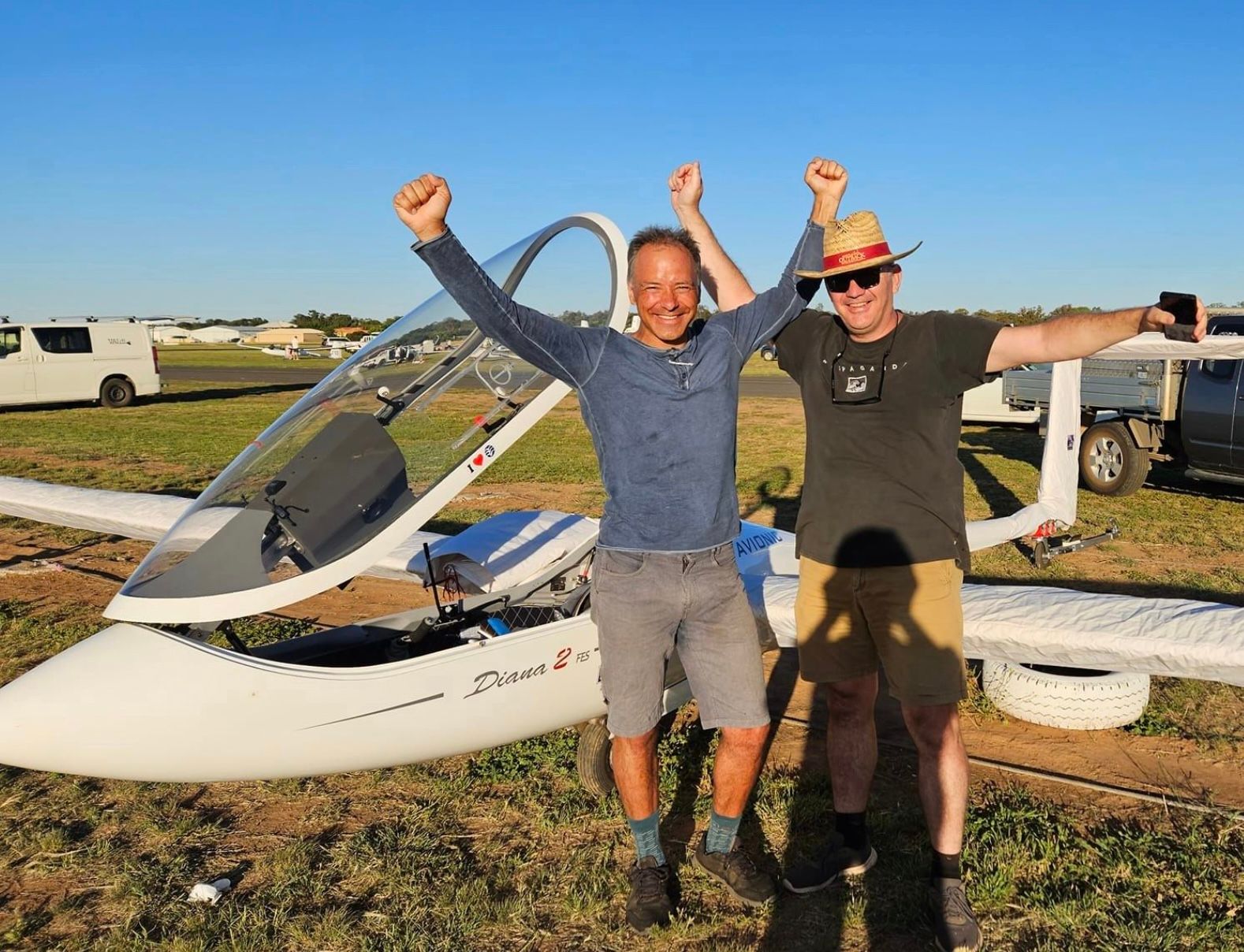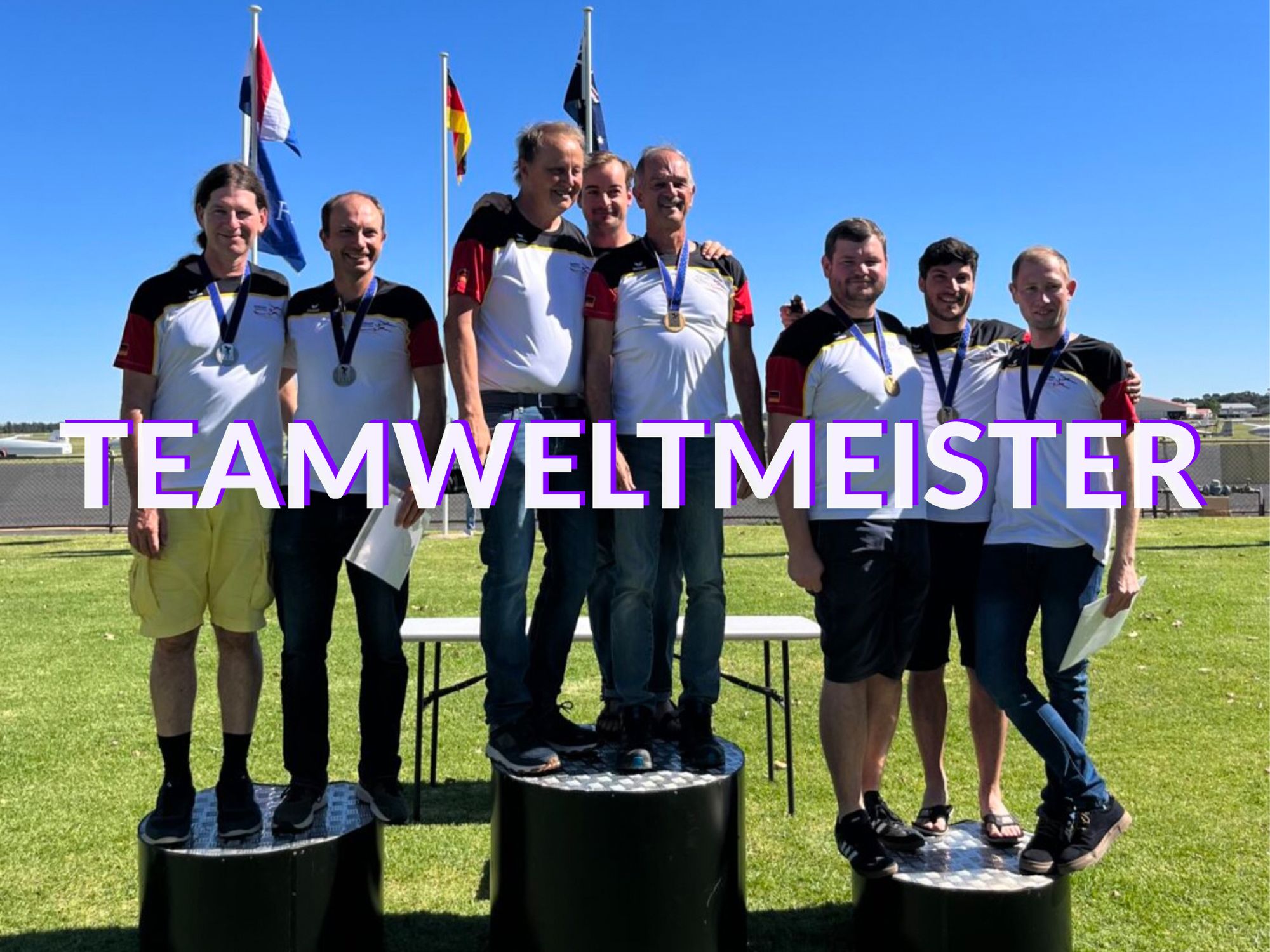Pushing Limits with Baptiste Innocent
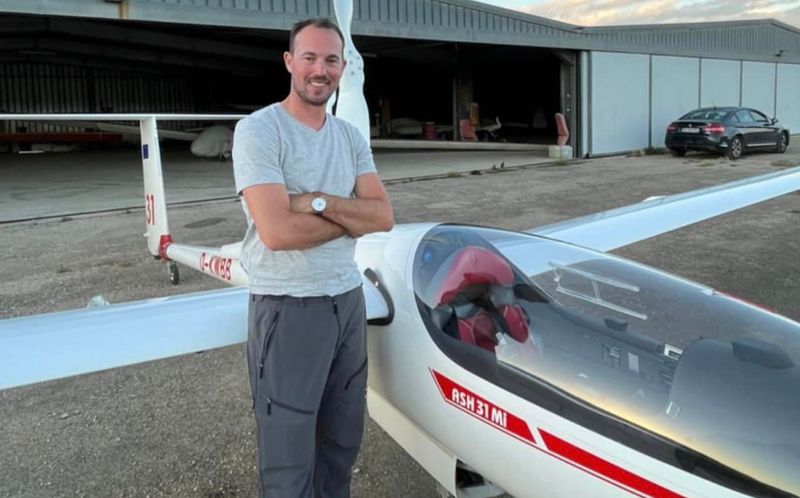
⏳ Flight hours: 6000 completed the last week
✈️ Current glider: ASH 31 and from our club the ASH 25
😌 Glider of your dreams: Maybe EB29 for wave flights exclusively
🌎 Where you want to go gliding someday: In the US mountains and in the Andes
Baptiste is famous for his fantastic long-haul flights in the last years like the declared triangle up to Corsica and Italy back in August 2021. Some days ago he did something amazing again! What is now the most liked flight on WeGlide ever, started as a daring plan with a lot of detailed preparation. After Baptiste's declared 1500km flight from the 9th of June 2022, we had a lot of questions to ask him.
Hey Baptiste, congratulations to this amazing achievement! Before we get deeper some words about your early days. How do you get into gliding and for how long are you flying in the alps?
I used to spend my summer holidays in Fayence as my grandparents had a field nearby. I spent the whole day looking at gliders, and when I was tall enough I made a flight. And from the age of 14, I started to take lessons until my first solo flight at the age of 15. It was back in 1999. I've been flying in the Alps since then, except for a couple of years between 2003 and 2006.
How did you see this special soaring day coming?
Usually, after a cold front, a north-westerly flow establishes. The cold front passed during the day of Wednesday, and the post-frontal conditions seemed to last for the entire following day.
The big concern was how large would be the flow, and how strong at high altitudes, which is accurate only the day before. In the summertime, the width of the flow is usually reduced, and so is the strength. But it finally appeared to be large enough to trigger wave in both the Pyrenees and the Alps. Concerning the velocity, the gradient would be regular up to 4000m, but very sharp higher (from 80km/h at 4000m to 115km/h at 5000m), which is not ideal for the wave to be strong.
How did you prepare for the flight?
The last weather chart I check the evening before is the last run of Meteo France, which is very accurate. I load it offline, thanks to an interface made by a relative of my friend Gil. I don’t check other charts that late, as it could disturb me a few hours before the attempt. Once your objective is set, just go.
The glider was ready the day before. A little water on it (50%) and a full tank. I would start from Fayence to cross the start line 50km further, as I did two years ago in August. All my stuff was already inside, so as to prepare the minimum for the early morning.
I wanted to try the 1500km. We are around the maximum daylight in the year, so this is a good period. The westerly point is Set de Urgel, at the end of Cerdana valley. Where the wave stops. And the easterly point is Mont Rose, although well known for wave. The schedule appeared to be perfect as the wave in the morning was good in the Cevennes and the Pyrenees, fading in the afternoon, while the Alps would follow the opposite scheme.
ATC was advised the day before. We have a contact within Marseille ACC that allows planning for a crossing directly from Mont Ventoux to Montpellier, starting as high as FL195, in the middle of the traffic departing from and arriving at Marseille, Nice and Montpellier. As soon as we have the green light from ATC the day before, we can plan such a route. And the flight plan was filed according to this route.
The flight was done in the ASH 31. The perfect ship for this expedition? I remember you mentioned the EB29 at the beginning.
I've always considered Schleicher gliders to be much more comfortable than others. It's certainly subjective, but subjectivity must be taken into account when overtaking 10+ flight hours right? I could stay an indefinite time in this glider without suffering from back/legs/arms aches. From this point of view, it's sufficient to be the perfect glider for me and for this kind of flight.
Second of all, in Europe, we don't have the best wave and thermal conditions. A JS3 with 60kg/m2 of wing load would only be interesting for a couple of days in the year if you intend to take off early and land late. I'm flying with a 45-48 kg/m2. This is, in my opinion, the best compromise between flying fast and having agility close to the ground or near the slopes. And for the valleys crossings, I need the full glide ratio, so the 57+ glide ratio is very important too.
And finally, the engine allows me to be independent. It's hard to find a tow pilot at 5 am, anywhere. Given all those concerns, I couldn't find other ideal gliders to do that. I know that Michael Sommer has good feelings and performances with his EB29. Nevertheless, I really don't know how it behaves in poor conditions. But it's way out of my budget!
Do you use live data during the flight? Or a ground crew that provides you with information?
I don’t have live weather forecast such as SkySight in flight. It is a little disturbing. Should the forecast be wrong, you would not be able to think by yourself, observe the current conditions and try to find other solutions. You would just be a prisoner of the « it should work here, the software says so !! » that would make you lose plenty of time.
I have live satellite images, when in range of a good network, which is very useful to check the cloudiness of a number of valleys (e.g. Aubenasson). I can also use live OGN, to check if someone else has caught the wave at essential points (e.g. Pic de Bure).
The only thing that the ground crew provides is good vibes messages such as « come on you’ll do it ».
When firing up Day Replay, the first gliders launched in southern France as you already turned in the Pyrenees! How was the start in the early morning, everything as planned?
I planned to start as early as legal daylight. The flow would already be well established, without the effect of thermals. Better for the wave. It worked exactly as planned, as I managed to climb twice at FL195 before crossing Rhone Valley.
You know the hardest effort to achieve such a flight is the 3 am alarm. I perfectly understand that other people take a little more rest and enjoy the day a little later. But if you are on a record flight, start as soon as you can.
How much did you communicate with ATC?
ATC eased the flight a lot. First of all, FL195 and crossing from Mont Ventoux to Montpellier in a straight line is 1 hour shorter than the big detour to the North to avoid the big TMA. It would not be possible without anticipation. The big challenge comes when entering Italy. At which flight level would Milano clear me? Fortunately, they gave me FL185, which is perfect.
On a 15-hour flight, you can’t obtain what you claim every time from ATC, as the traffic is sometimes heavy in this region, but they do their best to facilitate our performance.
Did the day go by as expected?
The day didn’t go as expected all the time. Basically, the wind at 6000m was very strong, from 315° at the beginning to 350° at the end.
First of all, crossing the Rhone Valley to the West in the morning was long and I didn’t manage to catch a good wave on the other side. I needed to go far South to catch a third wave, close to the sea, which worked very well.

Second of all, the conditions in the Pyrenees were very poor. A good climb at the entrance of the valley, and almost nothing afterward. Which is not usual. So I lost little time to glide slowly to come back high enough to find the same climb before crossing back to the Massif Central.
Third of all, the arrival at Pic de Bure is not always easy, in the middle of the day. I arrived low in Aubenasson (at ridge level, 750m), and used all the ridges up to Pic de Bure. This is a classical route but needs to be practiced many times.
Once in Pic de Bure, it’s often hard work to fall into the wave. Again I lost a little time to understand that the best conditions were 5km to the east.
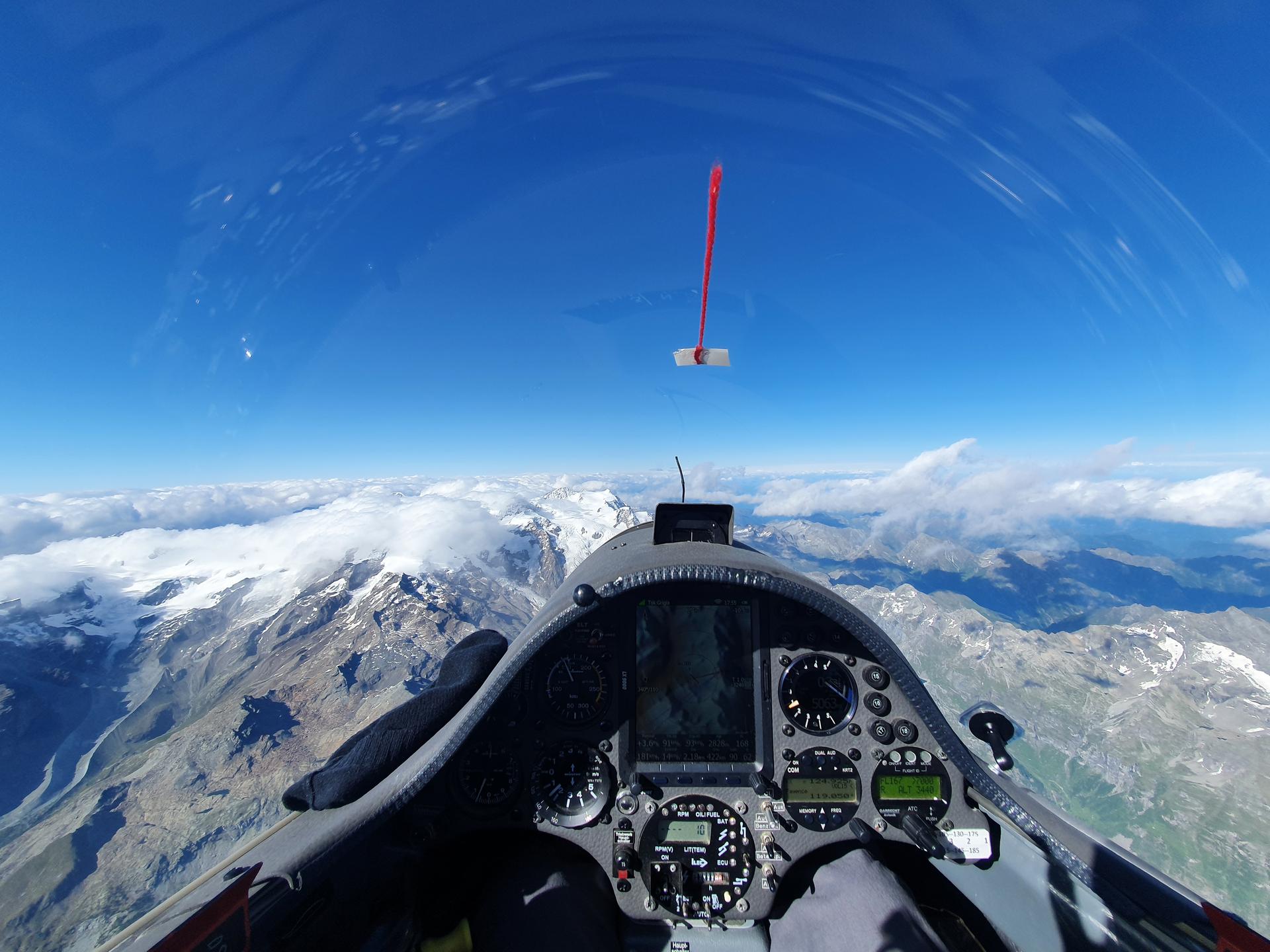
And finally, the route from Pic de Bure to Mont Rose is sometimes tricky with the strong North wind. Ground speed was low, and sinks strong. But the different waves were good enough to climb to the maximum altitude each time.
Once there, and a little ahead of schedule, no problem to fly the last 420km with a tailwind component.
What was the most challenging situation?
When I crossed Rhone Valley from the west to the East, the cloud base changed from 2400m West of Montelimar to 1400m to the East. With a strong crosswind, thermals were hard to catch, and arriving on the ridge South of Aubenasson is always challenging. That was the only moment I didn’t feel really confident in the achievement of the flight.
You flew around 15 hours. What is your mindset for such challenging long-distance flights?
I feel very good because I really like doing those flights. I sleep well the night before because I’m not thinking about the conditions I’ll meet the next morning. It’s hard work, but I’ve been working on it for years.
Once airborne, and if the flight goes almost as expected, you don’t feel the hours passing. My glider is very comfortable and I carry on everything I need for such a long period: water, cookies, sandwiches, and dried fruits.
How do you keep focus for such a long flight?
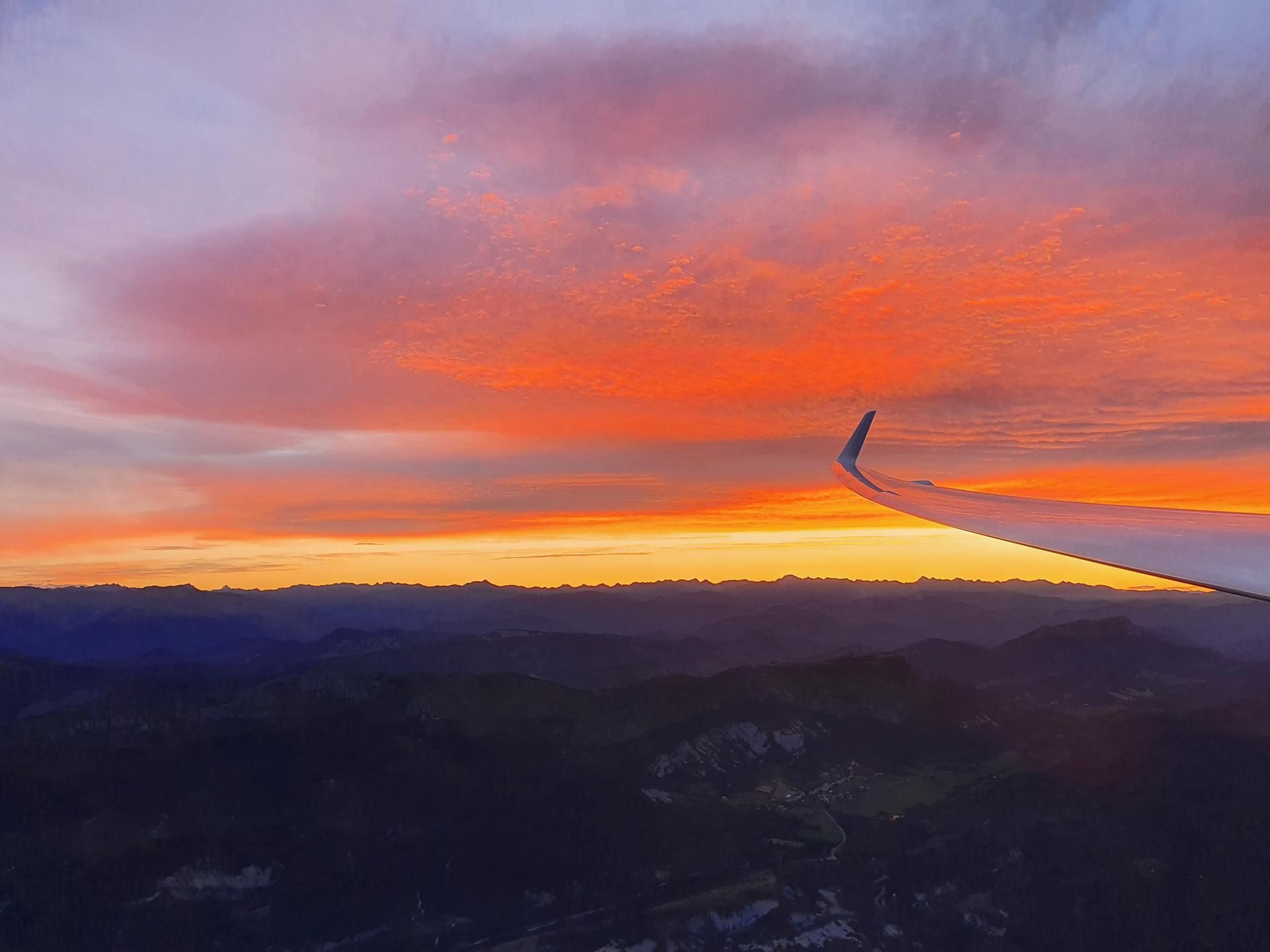
That’s a very interesting question. That’s indeed impossible to keep focus for such a long time, especially if the end of the flight needs special attention. The same concern occurred last year during my flight to Corsica. How to deal with periods of long glides and periods of low thermals or poor weather?
I wouldn’t say that I have specific relaxation routines, but I take time to think about other things and ease my mind. For example, from FL195 at Mont Ventoux to the Massif Central, I flew 140km in a straight line, with a headwind. Almost one hour. The weather is what it is, I need to go through it. And consequently, I choose those specific moments to completely release my attention. On such a flight I’d say that I accumulate around 4 hours of those moments. And so 11 hours of really focusing, and not at once, is much more acceptable.
The declared task was very impressive! What would have been possible on a free flight?
The declaration was for the 1500km badge and for the French record. I usually try to make a declaration before each big flight, although sometimes I regret it because the declaration was too short. My flight to Corsica last year was a 1178km-FAI triangle declaration, with the last turnpoint at Serres, but I decided to extend to the West. Last Thursday, it would have not been possible to go further in the Pyrenees, but maybe possible to fly further to the North-East after Mont Rose. I don’t know. Seemed to be good for another 50km or so, but that was not obvious. Extension west of my last turnpoint was hardly possible.

I finally landed 1 hour before sunset, so I would say that that very day, the maximum distance could have been 1600km with 3 turnpoints, 1650km with 5. I’ll try next time, as I won’t have the challenge of achieving the 1500km badge anymore.
How do you deal with time management in everyday life to be able to fly on these special days?
I was supposed to fly all this week, so the schedule was perfect. If I’m not working, I try to come and fly, even if it’s only for one day. I live in Paris, so it’s quite easy to go to Fayence or to Perpignan the day before and fly the next day.
On the other hand, if I’m working, I can’t deal with that special day, as I’d be overseas for many days. I can’t really take just a day off.
At first, you mentioned that you'd love to go gliding in the USA or the Andes. Any plans to set some records there in the near future?
Indeed, I'd dream of flying in the US mountains, both in wave and thermals. Also in the Andes, although I've already made a couple of flights there from Mendoza this winter. I plan to go there with my Argentinian friends this year or next year. Approaching world records is a good objective. And finally, I'd love to ride the waves of New Zealand.
Baptiste, thank you so much for this detailed interview. We're looking forward to more exciting flights in the future!
